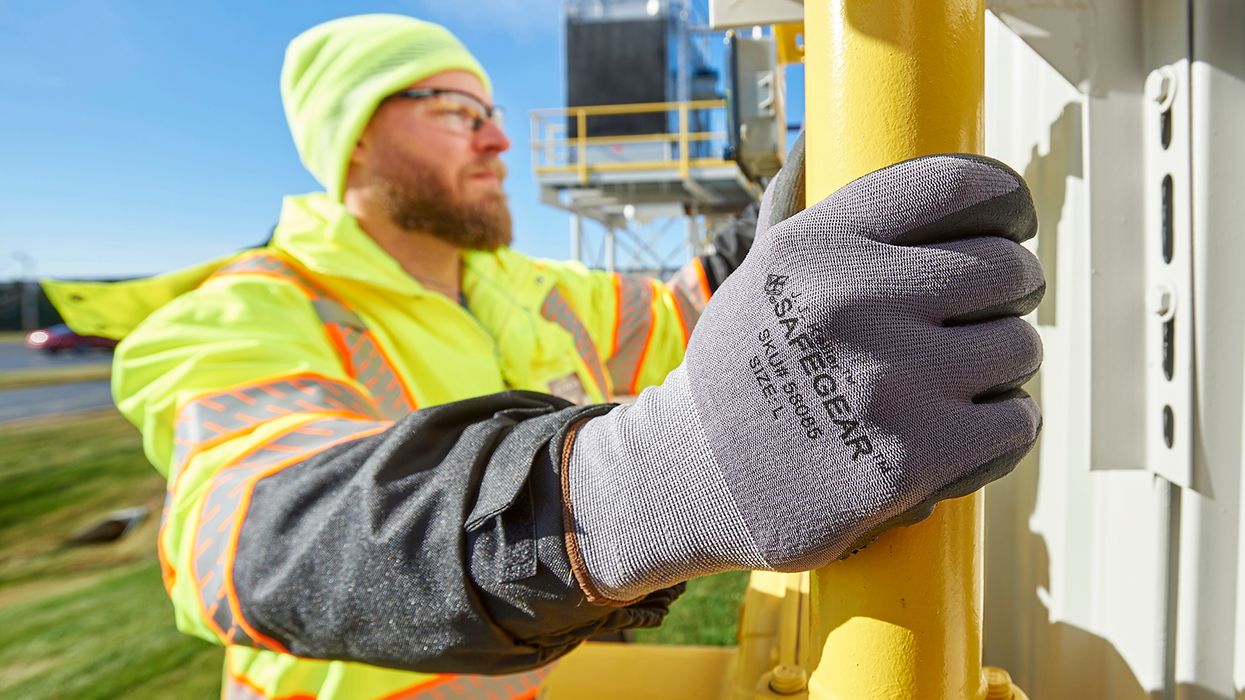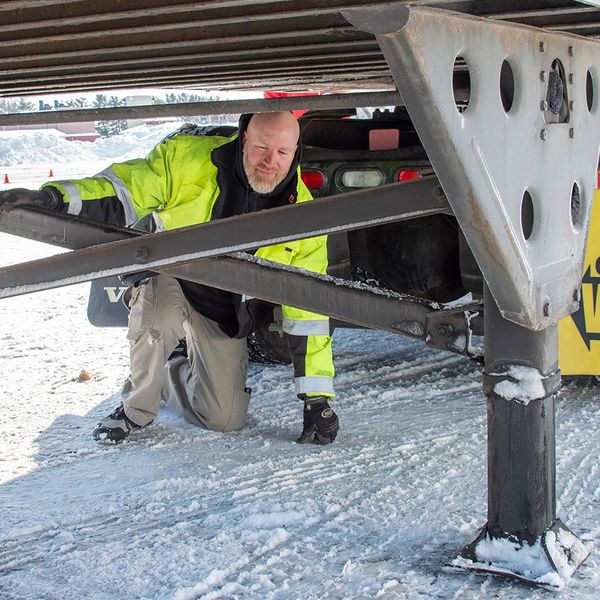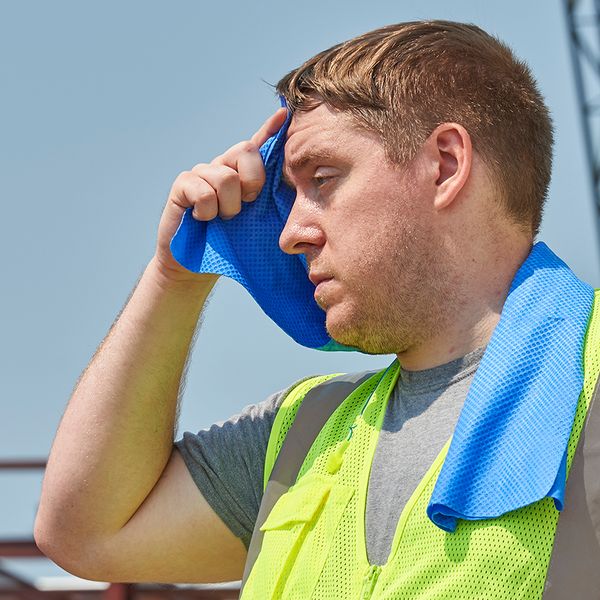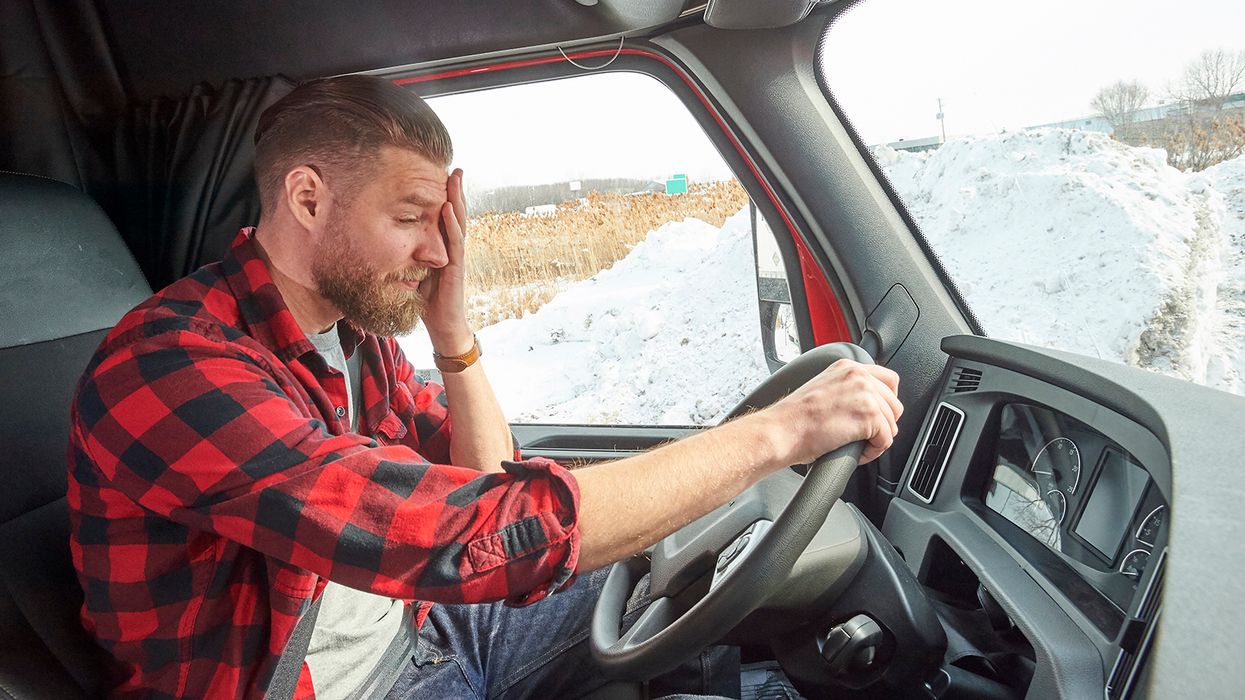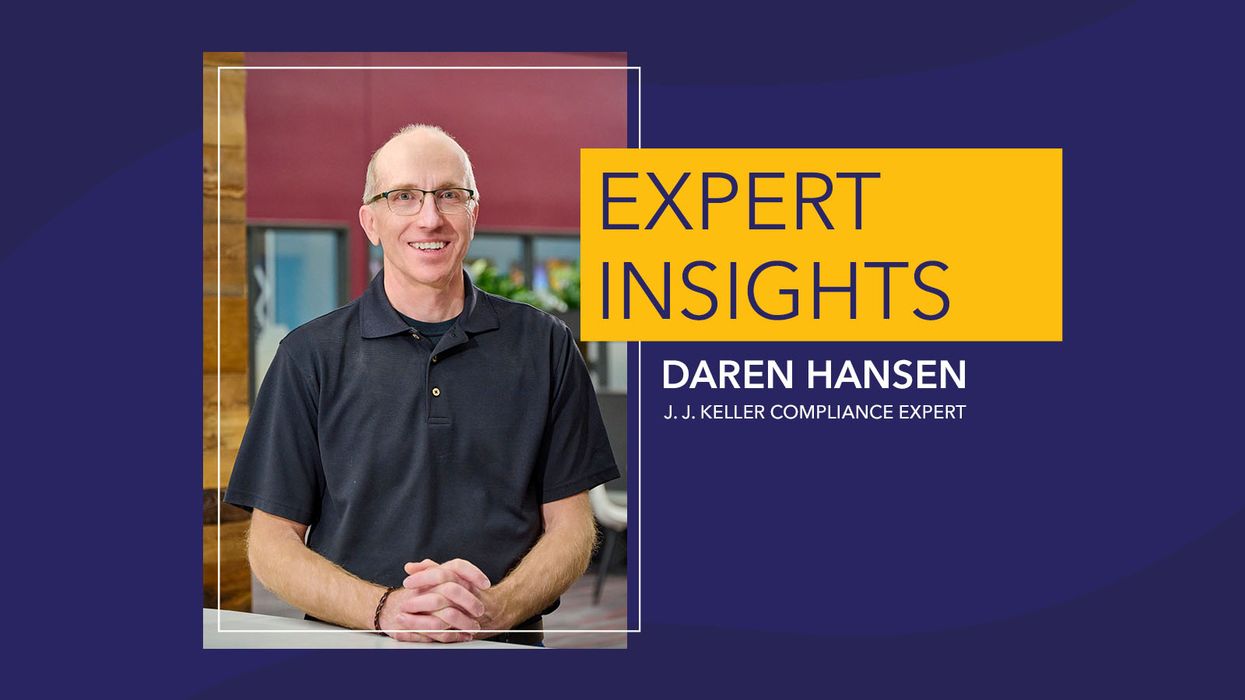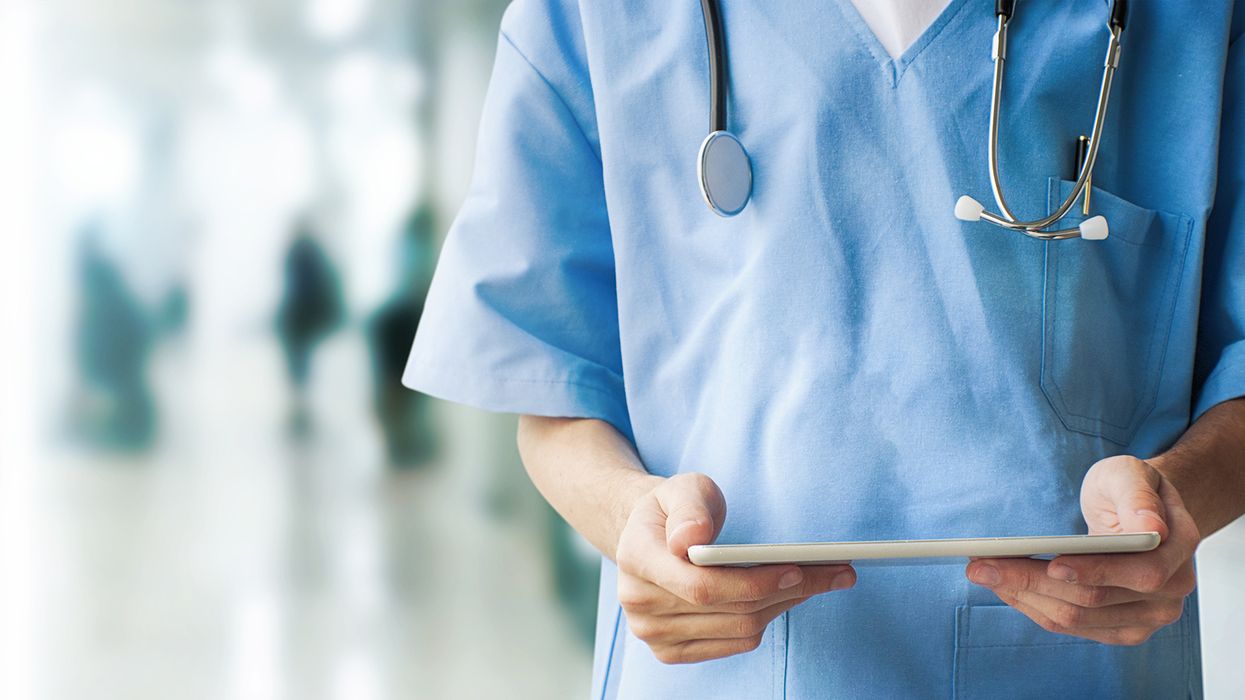Don’t stress out about heat and cold injuries
Heat and cold stress can affect workers throughout the year, not just during warmer or colder months while working outdoors. Employers should perform a workplace assessment to identify workers’ possible heat and cold exposure sources.
Sources of heat exposure to workers can come from:
- Hot indoor work environments,
- Working near equipment that generates heat, or
- Workers increased body temperature from wearing certain protective apparel.
Cold temperatures can impact workers working in a cold environment and place workers at risk for cold stress. While working in Western states like Arizona and California, many jobsites have cooler temperatures during the night shift and early in the morning. Also, workers could be exposed to cold stress in the underground construction of tunnels, shafts, chambers, and passageways.
Signs of heat stress
Workers tend to think the more they sweat, the harder they must be working. This isn’t always true. Sweating is a natural way for the body to cool down. Workers can sweat while performing moderate to heavy work activities. But it might also indicate that the worker is experiencing heat stress when it occurs in conjunction with other symptoms like fainting, dizziness, or fatigue.
How to prevent heat stress
Drinking water will help reduce exposure to heat stress. It replenishes the body’s moisture lost from sweating. As workers sweat, they become dehydrated, increasing the effects of heat stress symptoms. Sugary drinks, like soda, and caffeinated beverages, should be limited too; these beverages can increase dehydration. Having dark-colored urine or a dry mouth might also be signs of heat stress.
Signs of cold stress
Cold stress occurs when a person’s skin cools down, and body temperature drops as certain things such as the wind speed pick up and the wind chill drops, which causes people to feel even colder.
- Dehydration can occur as employees work in the cold due to their body burning extra energy to keep warm, and they may sweat more than they realize underneath their clothes, which can lead to a headache.
- Frostbite is an injury to the body caused by freezing the skin and underlying tissues. The lower the temperature, the more quickly frostbite will occur.
- Trench foot occurs from prolonged exposure to wet and cold temperatures. It can occur at temperatures as high as 60°F if the feet are constantly wet.
- Hypothermia occurs when body heat is lost faster than it can be replaced, and the normal body temperature (98.6°F) drops to less than 95°F.
How to prevent cold stress
To help prevent cold stress, employers should:
- Train workers on how to prevent and recognize cold stress.
- Provide engineering controls. If possible, shield work areas from drafts or wind to reduce wind chill.
- Use safe work practices. Monitor weather conditions for cold weather conditions and plan work accordingly.
- Give workers frequent breaks in warm areas. Acclimatize new workers and those returning after time away from work by gradually increasing their workload.
Also, remember that it’s easy to become dehydrated in cold weather too. Both heat and cold stress awareness should be discussed throughout the year.

